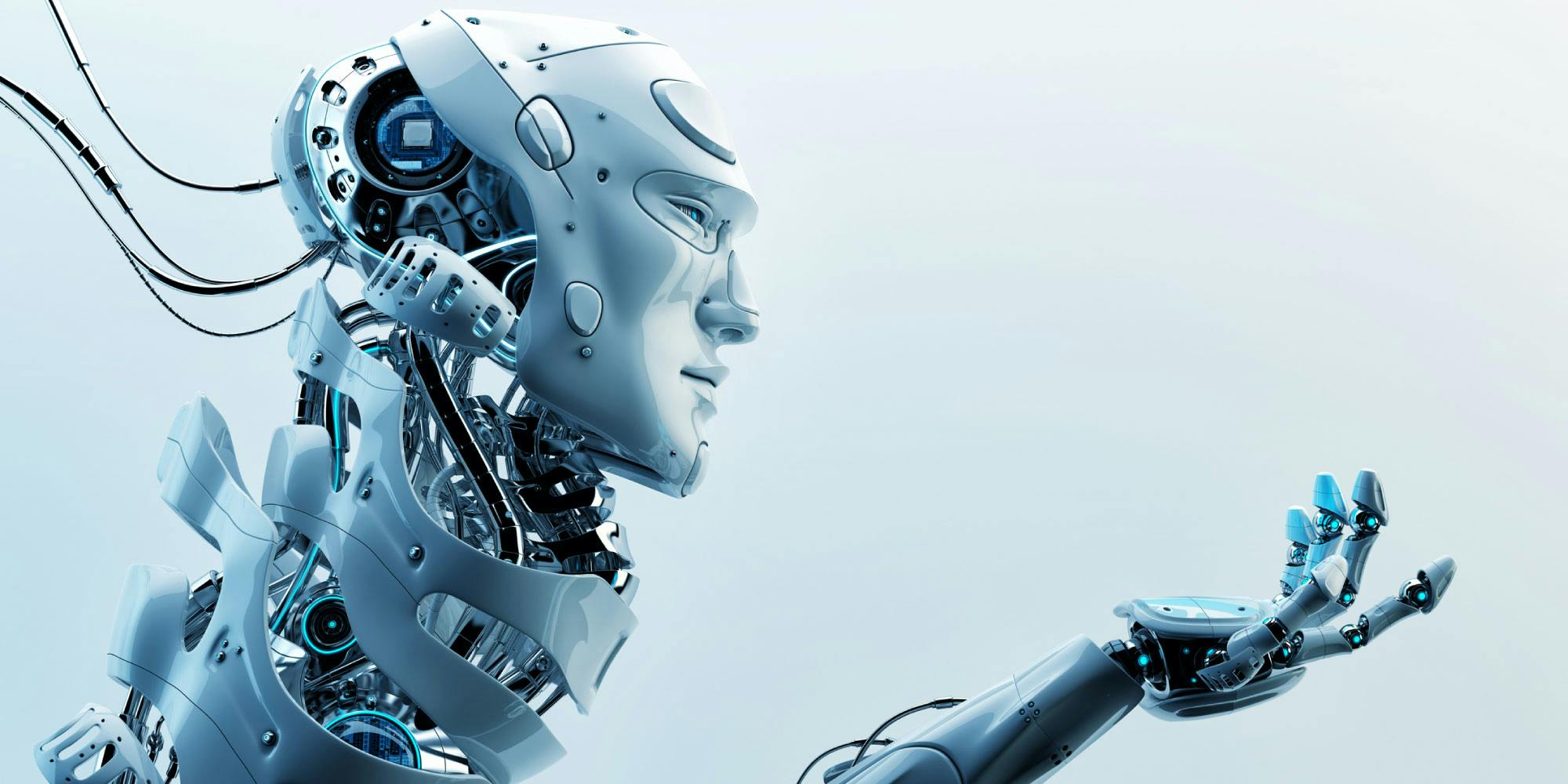News Blast
Your daily source for breaking news and insightful articles.
Can Robots Become Our New Best Friends?
Discover how robots could become our new best friends! Explore the future of companionship and technology in this fascinating blog post.
The Evolution of Robot Companionship: How Machines Could Become Our Best Friends
The concept of robot companionship has evolved significantly over the years, transitioning from the realm of science fiction into tangible reality. Initially, robots were merely tools designed to perform specific tasks; however, advancements in artificial intelligence (AI) and robotics have paved the way for machines to act as companions. Robot companionship is now characterized by interactive devices that can understand and respond to human emotions, fostering a sense of connection. From robotic pets to AI-driven personal assistants, these machines are redefining relationships and could potentially become our best friends in the years to come.
As technology continues to advance, the potential for robot companions to enhance our daily lives grows immensely. These machines are not only designed for entertainment but also provide emotional support and companionship, especially for individuals who may experience loneliness or isolation. For instance, studies have shown that elderly individuals who interact with robotic pets express increased feelings of happiness and reduced anxiety. The evolution of robot companionship indicates that as machines become more sophisticated, their ability to foster meaningful connections with humans will likely flourish, leading to a future where our best friends might just be robots.

Are Robots Capable of Genuine Friendship? Exploring the Emotional Connection
As technology advances, the question of whether robots can form genuine friendships becomes more relevant. While robots are designed to perform tasks and interact with humans, their ability to create emotional connections remains a topic of debate. Many researchers argue that a true friendship requires mutual understanding, empathy, and shared experiences—qualities that robots, with their programmed responses, may struggle to replicate. However, there are instances where individuals report feeling a bond with robotic companions, raising questions about the nature of emotional connections in an increasingly digital world.
Despite the limitations of robots in understanding human emotions fully, people often project their feelings onto these machines. This phenomenon, known as pareidolia, highlights the human tendency to seek companionship, even in artificial beings. Moreover, companies are developing advanced AI systems that can learn and adapt to user preferences, potentially deepening the emotional connection between humans and robots. While robots may not possess the capability for genuine friendship in the traditional sense, they can still offer comfort, companionship, and support, suggesting that the lines between human and robotic relationships may continue to blur.
Can Robots Learn to Understand Human Emotions and Build Lasting Bonds?
The question of whether robots can learn to understand human emotions is increasingly relevant in today’s technology-driven world. While traditional robotics primarily focused on physical tasks, advancements in artificial intelligence (AI) are enabling machines to interpret emotional cues such as facial expressions, tone of voice, and body language. By utilizing machine learning algorithms, robots can analyze large datasets of human interactions, gradually refining their ability to identify and respond to emotional signals. This evolving understanding allows robots not only to recognize emotions but also to engage in more meaningful interactions with humans.
Moreover, the potential for robots to build lasting bonds with humans hinges on their ability to demonstrate empathy and respond appropriately to emotional situations. For instance, therapeutic robots designed for elderly care have shown promise in providing companionship and emotional support. These robots can adapt their responses based on the emotional state of the individual, creating a sense of connection and trust. As AI technology continues to evolve, the prospect of developing robots that can form genuine relationships with humans seems increasingly plausible, raising both exciting possibilities and important ethical considerations.